Home>Dining>Tableware>How To Identify Vintage Libbey Glassware
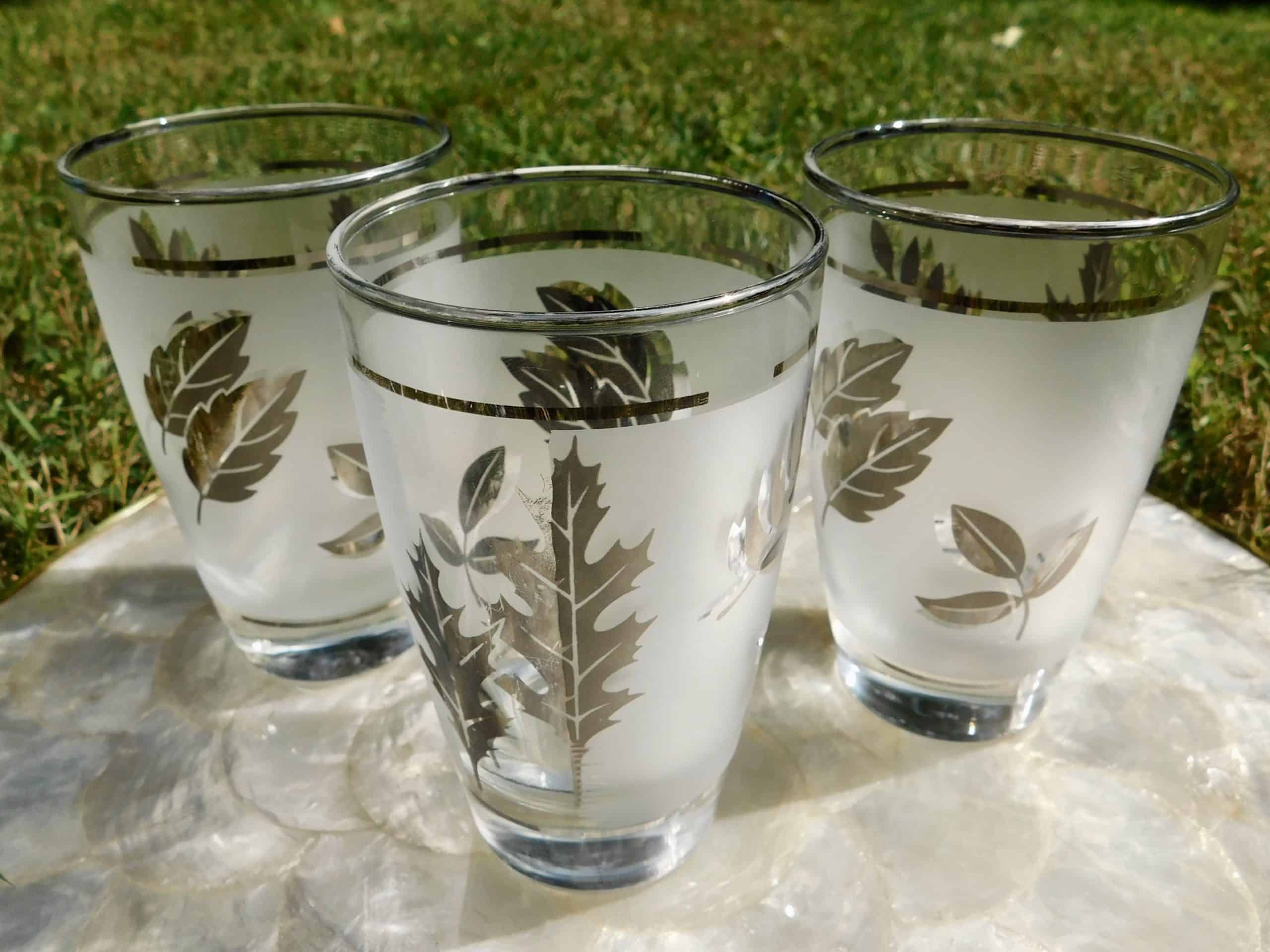

Tableware
How To Identify Vintage Libbey Glassware
Modified: October 19, 2024
Discover the secrets of identifying vintage Libbey tableware. Learn about the distinguishing features and clues to help you evaluate the authenticity and value of these collectible glass pieces.
(Many of the links in this article redirect to a specific reviewed product. Your purchase of these products through affiliate links helps to generate commission for Storables.com, at no extra cost. Learn more)
Introduction
Welcome to the world of vintage tableware! If you have a passion for collecting and appreciating the timeless beauty of vintage glassware, then you’re in for a treat. In this article, we will delve into the fascinating realm of vintage Libbey glassware. Libbey, a renowned American glassware manufacturer, has been delighting households with its elegant and high-quality glassware for over a century.
Whether you’re an avid collector, a history enthusiast, or simply looking to add a touch of nostalgia to your table setting, identifying vintage Libbey glassware is an essential skill. From its distinctive patterns and delicate craftsmanship to its enduring popularity, vintage Libbey glassware holds a special place in the hearts of many.
In this article, we will guide you through the process of identifying vintage Libbey glassware, highlight its unique characteristics, explore popular patterns, offer tips for buying, and share essential care and maintenance advice. By the end, you’ll be equipped with the knowledge to confidently add vintage Libbey glassware to your collection or table setting.
So, let’s embark on this exciting journey into the world of vintage tableware and discover the beauty and significance of vintage Libbey glassware!
Key Takeaways:
- Vintage Libbey glassware is characterized by intricate designs, exceptional quality, and historical significance. Identifying marks and signatures, along with proper care and maintenance, are essential for collectors and enthusiasts.
- When buying vintage Libbey glassware, thorough research, examination of the glassware, and seeking expert opinions are crucial. Consideration of condition, rarity, and budget ensures informed purchasing decisions.
Read more: How To Clean Vintage Glassware
Historical Background of Libbey Glassware
Libbey Glassware has a rich history that dates back to 1818 when the New England Glass Company was established in East Cambridge, Massachusetts. In 1888, the company underwent a significant reorganization and emerged as the Libbey Glass Company, named after its founder Edward Drummond Libbey.
Under Libbey’s leadership, the company quickly gained recognition for its innovative glassware designs and exceptional craftsmanship. Libbey Glassware became synonymous with elegance and quality, setting the standard for American glassware.
During the late 19th and early 20th centuries, Libbey Glassware experienced remarkable success. The company introduced a wide range of glassware products, including stemware, tumblers, bowls, and vases, catering to diverse customer needs.
Libbey’s glassware designs were at the forefront of the Art Nouveau and Art Deco movements, reflecting the trends of the time. The company collaborated with renowned artists and designers, such as Frederick Carder and Rockwell Kent, to create unique and visually stunning glassware pieces.
Libbey also played a significant role in the development of automatic glass pressing technology, which revolutionized glassware production. This innovation allowed for the mass production of high-quality glassware, making it more accessible to a wider audience.
Over the years, Libbey Glassware continued to thrive, surviving two World Wars and adapting to changing consumer preferences. Today, it remains one of the leading glassware manufacturers in the United States, continually evolving to meet the demands of the modern market while maintaining its commitment to craftsmanship and design excellence.
Understanding the historical background of Libbey Glassware provides valuable context when identifying vintage pieces. It allows collectors and enthusiasts to appreciate the legacy and significance of these timeless glassware treasures.
Characteristics of Vintage Libbey Glassware
Vintage Libbey glassware possesses several distinct characteristics that set it apart from other glassware of its time. These characteristics not only contribute to its aesthetic appeal but can also help in identifying genuine vintage pieces. Here are some key features to look out for:
1. Design and Pattern: Vintage Libbey glassware is renowned for its intricate and captivating designs. From delicate etchings to intricate cut glass patterns, each piece showcases exceptional craftsmanship. Popular design elements include floral motifs, geometric patterns, and elegant etched details.
2. Quality and Clarity: One of the hallmarks of vintage Libbey glassware is its exceptional quality and clarity. The glass is often crystal clear, with a brilliance that catches the light beautifully. It feels substantial in hand and is known for its durability.
3. Elegant Shapes: Vintage Libbey glassware features a variety of elegant shapes and forms. Stemware may have long, slender stems with intricate bases, while tumblers and bowls can have curved or angular profiles. The shapes are carefully crafted to enhance both aesthetics and functionality.
4. Weight and Balance: Vintage Libbey glassware tends to have a comfortable weight and excellent balance. The glassware feels substantial without being overly heavy, and the stemware sits sturdily on the table.
5. Signature Details: Look for any signatures or marks on the glassware. Some pieces may have the Libbey logo etched or stamped on the bottom, while others may bear the signature of the designer or artist.
6. Time Period Specific Features: Certain characteristics may be indicative of the time period in which the glassware was produced. For example, Art Nouveau-inspired pieces may have flowing organic lines, while Art Deco designs often feature geometric shapes and bold colors.
7. Craftsmanship: Vintage Libbey glassware exhibits exceptional craftsmanship, with precise cuts, intricate etchings, and attention to detail. The edges are often smooth and well-finished, showcasing the skill and expertise of the artisans who created them.
By familiarizing yourself with these characteristics, you can confidently identify and appreciate the beauty of vintage Libbey glassware. Remember, each piece has its own unique story to tell and adds a touch of timeless elegance to any table setting or glassware collection.
Identifying Marks and Signatures
When it comes to identifying vintage Libbey glassware, paying attention to marks and signatures can provide valuable information about the age, authenticity, and origin of the piece. Here are some common marks and signatures to look out for:
1. Libbey Logo: Many vintage Libbey glassware pieces bear the company’s logo, which can be found etched, engraved, or embossed on the bottom of the glassware. The logo typically consists of the word “Libbey” or the initials “L” or “L G” accompanied by a decorative design element.
2. Designers’ Signatures: Some vintage Libbey glassware pieces feature the signatures or initials of the designers or artists responsible for creating the pattern or design. These signatures can add value and uniqueness to the piece. Look for names such as Frederick Carder, Rockwell Kent, or other notable designers of the time.
3. Pattern Names: Certain vintage Libbey glassware patterns have specific names that can be helpful in identifying the piece. The pattern name may be etched, engraved, or marked on the glassware. Examples of popular pattern names include “American Brilliant,” “Cutting Garden,” and “American Modern.”
4. Patents and Patent Numbers: Some vintage Libbey glassware pieces may feature patent numbers or patent markings. These markings indicate that the design or manufacturing technique used for the glassware was patented. Researching the patent number can provide insights into the age and history of the piece.
5. Decorative Elements: Some vintage Libbey glassware may have additional decorative elements, such as hand-painted designs, gold or silver trim, or applied glass ornaments. These unique embellishments can further help in identifying and dating the piece.
6. Catalogs and Advertisements: Reference materials, such as vintage catalogs and advertisements, can provide valuable information regarding the specific patterns and designs produced by Libbey during a particular time period. These resources can help in identifying and verifying the authenticity of vintage pieces.
It’s important to note that not all vintage Libbey glassware will have visible marks or signatures. However, the presence of these marks can significantly enhance the historical value and collectability of the piece. Consulting glassware identification guides, online resources, or seeking expert advice can further assist in identifying and understanding vintage Libbey glassware.
Look for the Libbey mark on the bottom of the glassware, as well as any unique patterns or designs that were popular during the time period it was made. Researching vintage catalogs and price guides can also help in identifying the age and value of the glassware.
Popular Vintage Libbey Glassware Patterns
Vintage Libbey glassware is known for its extensive range of beautiful and captivating patterns. These patterns not only showcase the exceptional craftsmanship of the glassware but also reflect the design trends of their respective time periods. Here are some popular vintage Libbey glassware patterns to look out for:
1. American Brilliant: The American Brilliant pattern is characterized by intricate cut glass designs featuring geometric motifs, floral patterns, and elaborate detailing. This pattern was popular during the late 19th and early 20th centuries and is highly sought after by collectors for its elegance and craftsmanship.
2. Rock Sharpe designs: Libbey Glassware collaborated with designer Richard J. Sharpe, known as Rock Sharpe, to create stunning glassware patterns during the mid-20th century. These designs often feature modern and geometric motifs, with clean lines and elegant simplicity.
3. Golden Foliage: The Golden Foliage pattern showcases delicate etchings of foliage and flowers, often highlighted with gold accents. This pattern exudes a sense of timeless charm and is commonly found on stemware and barware.
4. Silver Leaf: The Silver Leaf pattern features etched silver leaves and vines on the glassware surface, creating a sophisticated and refined look. Stemware and serving pieces with this pattern are highly sought after for their timeless appeal.
5. Orchard Fruits: True to its name, the Orchard Fruits pattern showcases beautifully etched fruits, such as apples, pears, and grapes. This pattern is often found on tumblers, bowls, and serving pieces, adding a touch of natural elegance to the table setting.
6. Rose Stemware: As the name suggests, the Rose Stemware pattern boasts intricately etched roses and foliage, creating a romantic and whimsical feel. Stemware with this pattern is highly collectible and adds a touch of elegance to any special occasion.
7. Cutting Garden: The Cutting Garden pattern features a variety of flowers, leaves, and vines delicately etched onto the glass surface. This versatile pattern is found on a wide range of glassware, from tumblers to decanters, and is loved for its timeless appeal.
These are just a few examples of the many exquisite patterns produced by vintage Libbey glassware. Each pattern has its own unique charm and allure, adding a touch of classic elegance to any table setting or glassware collection.
Read more: How To Identify Fire And Light Glassware
Care and Maintenance of Vintage Libbey Glassware
Vintage Libbey glassware is not only a beautiful addition to your collection or table setting but also a piece of history. To ensure the longevity and preservation of these cherished pieces, it’s essential to follow proper care and maintenance practices. Here are some tips to keep your vintage Libbey glassware in pristine condition:
1. Hand Washing: It is recommended to hand wash vintage Libbey glassware rather than using a dishwasher. Gently wash each piece with warm water and mild dish soap using a soft sponge or cloth. Avoid using abrasive materials or harsh cleaners that could scratch or damage the glass surface.
2. Avoid Extreme Temperatures: To prevent thermal shock, never expose vintage Libbey glassware to extreme temperatures. Avoid sudden temperature changes, such as placing hot glassware in cold water or vice versa. Gradual temperature changes are less likely to cause damage to the glass.
3. Handle with Care: When handling vintage Libbey glassware, be gentle and take precautions to prevent accidental drops or knocks. Hold each piece by the base or stem to avoid putting pressure on delicate areas, such as the rim or intricate patterns.
4. Storage: Proper storage is crucial to protect vintage Libbey glassware from scratches and damage. Store each piece individually, using soft cloth or tissue paper to cushion and separate them. Avoid stacking glassware as it can lead to chips or scratches. If space is limited, consider investing in specialized glassware storage containers or racks.
5. Avoid Harsh Chemicals and Citrus: Avoid using harsh chemicals or abrasive cleaners on vintage Libbey glassware, as they can damage the glass surface. Similarly, acidic substances, like citrus juices, can cause etching or cloudiness. If necessary, use mild cleaners specifically formulated for glassware.
6. Regular Inspections: Periodically inspect your vintage Libbey glassware for any signs of damage or wear. Look for chips, cracks, or cloudiness. If you notice any issues, take immediate steps to prevent further damage, such as discontinuing use or seeking professional restoration if required.
7. Display with Care: If you choose to display your vintage Libbey glassware, consider placing it in a secure and stable location. Avoid displaying near windows or in direct sunlight to prevent fading or discoloration. Regularly dust and clean the displayed pieces to keep them looking their best.
By following these care and maintenance practices, you can enjoy your vintage Libbey glassware for many years to come. Each piece will continue to evoke nostalgia and captivate with its timeless beauty, making it a cherished part of your collection or table setting.
Tips for Buying Vintage Libbey Glassware
Buying vintage Libbey glassware can be a thrilling experience, allowing you to own a piece of history and add charm to your collection or table setting. To ensure you make informed choices and acquire authentic pieces, consider the following tips when buying vintage Libbey glassware:
1. Research and Familiarize: Before making any purchases, educate yourself about vintage Libbey glassware. Learn about the different patterns, designs, and time periods to become familiar with the characteristics and value of genuine pieces. Utilize online resources, reference books, and collector forums to enhance your knowledge.
2. Buy from Reputable Sellers: Purchase vintage Libbey glassware from reputable sellers, such as antique shops, vintage stores, or established online marketplaces. Look for sellers with a track record of dealing in authentic vintage glassware and positive customer reviews.
3. Examine the Glassware: Thoroughly inspect the glassware before purchasing. Look for any visible damage, such as chips, cracks, or repairs. Examine the pattern, design, and markings to ensure they align with authentic vintage Libbey glassware characteristics. Request additional photos if buying online.
4. Seek Expert Opinions: If you’re unsure about the authenticity or value of a particular piece, don’t hesitate to seek expert advice. Reach out to glassware collectors, appraisers, or reputable antique dealers experienced in Libbey glassware. Their insights can help you make informed purchasing decisions.
5. Consider Condition and Rarity: Vintage Libbey glassware in excellent condition and rare patterns or designs often command higher prices. Evaluate the condition of the glassware, weighing any imperfections against its rarity and desirability. Keep in mind that minor wear or flaws may be acceptable depending on the age and scarcity of the piece.
6. Set a Budget: Determine a budget based on your collecting goals and stick to it. Vintage Libbey glassware can range in price, depending on factors such as condition, rarity, and popularity. Knowing your budget beforehand ensures you don’t overspend and helps narrow down your options.
7. Start with Smaller Pieces: If you’re new to collecting vintage Libbey glassware, consider starting with smaller, more affordable pieces. This allows you to familiarize yourself with the patterns and characteristics while building your collection gradually. As your knowledge and budget grow, you can venture into acquiring larger or rarer pieces.
8. Authentication and Documentation: Whenever possible, request authentication or documentation for the vintage Libbey glassware you purchase. This can include certificates of authenticity, provenance, or any relevant historical information. Proper documentation adds value and helps establish the credibility of the piece.
Remember, the joy of collecting vintage Libbey glassware is in the search and discovery. Take your time, enjoy the process, and trust your instincts. Each piece you acquire will hold a story and contribute to the fascinating world of vintage glassware.
Conclusion
Vintage Libbey glassware carries a timeless charm and enduring beauty that captivates collectors and enthusiasts alike. From its rich historical background to its distinct characteristics and patterns, vintage Libbey glassware tells a story of craftsmanship, elegance, and nostalgia.
Throughout this article, we have explored the world of vintage Libbey glassware, learning how to identify and appreciate its unique qualities. We’ve discussed the historical significance of Libbey Glassware, delved into the characteristics that make it stand out, and examined popular patterns that have left an indelible mark on the glassware industry.
Identifying marks and signatures are essential in determining the authenticity and origin of vintage Libbey glassware. By paying attention to these details, collectors can confidently distinguish genuine pieces from replicas or imitations.
Proper care and maintenance are crucial for preserving the quality and beauty of vintage Libbey glassware. By following recommended practices, such as handwashing, avoiding extreme temperatures, and handling with care, collectors can ensure these treasured pieces remain in excellent condition for generations to come.
When purchasing vintage Libbey glassware, conducting thorough research, buying from reputable sellers, and seeking expert opinions are essential steps in acquiring authentic pieces. Collectors should also consider the condition, rarity, and their budget to make informed decisions.
In conclusion, vintage Libbey glassware offers a delightful blend of history, artistry, and functional beauty. Whether displayed in a collection or gracing a table setting, these pieces evoke a sense of nostalgia and elegance. By immersing ourselves in the world of vintage Libbey glassware, we preserve the legacy of these timeless treasures and continue to appreciate their enduring charm.
Frequently Asked Questions about How To Identify Vintage Libbey Glassware
Was this page helpful?
At Storables.com, we guarantee accurate and reliable information. Our content, validated by Expert Board Contributors, is crafted following stringent Editorial Policies. We're committed to providing you with well-researched, expert-backed insights for all your informational needs.
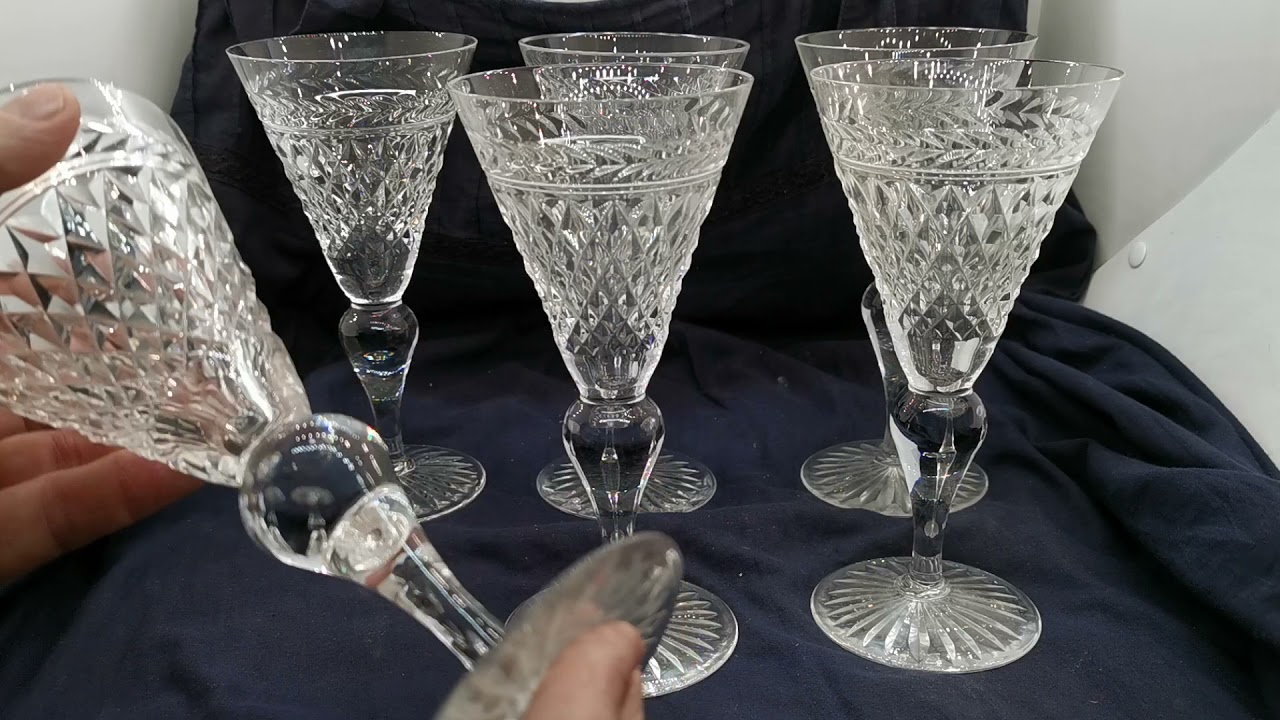
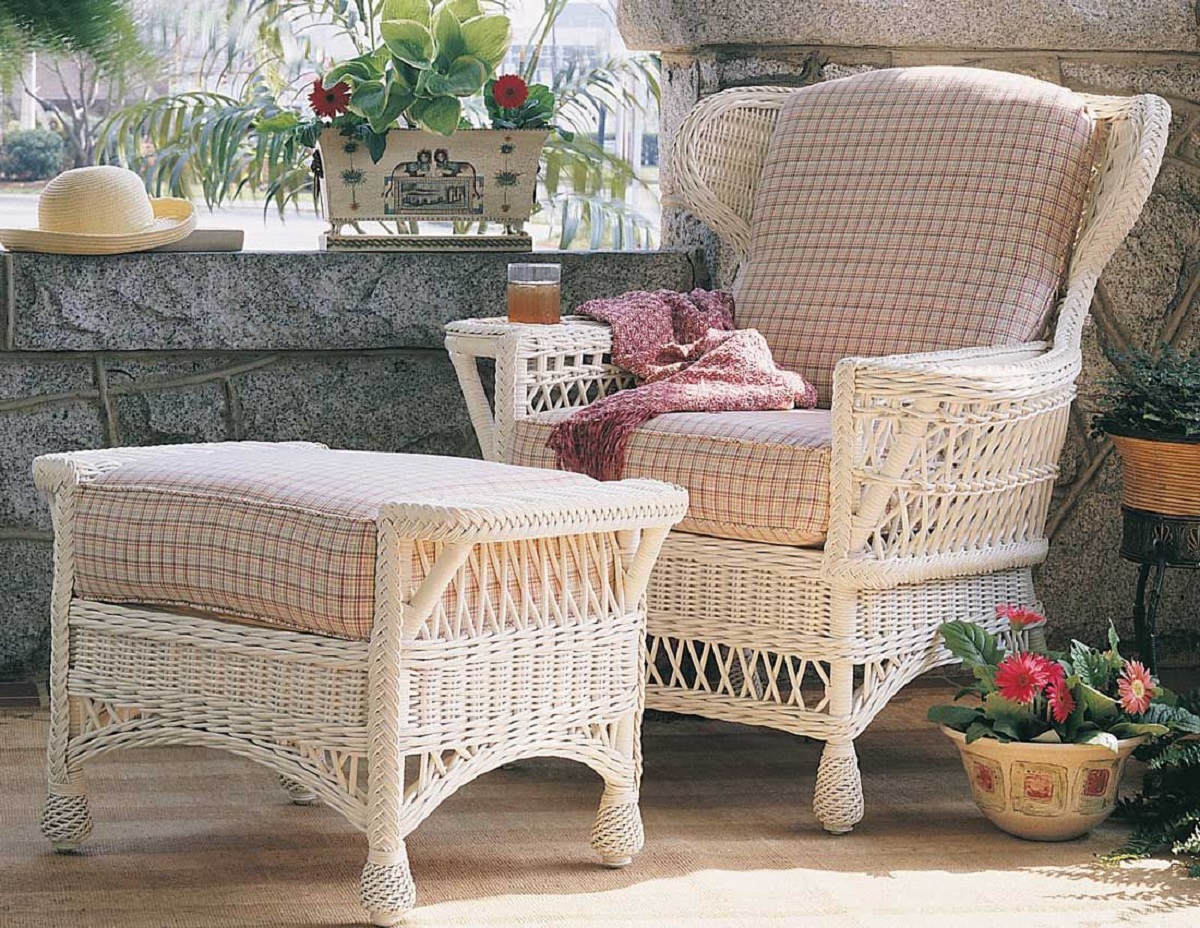
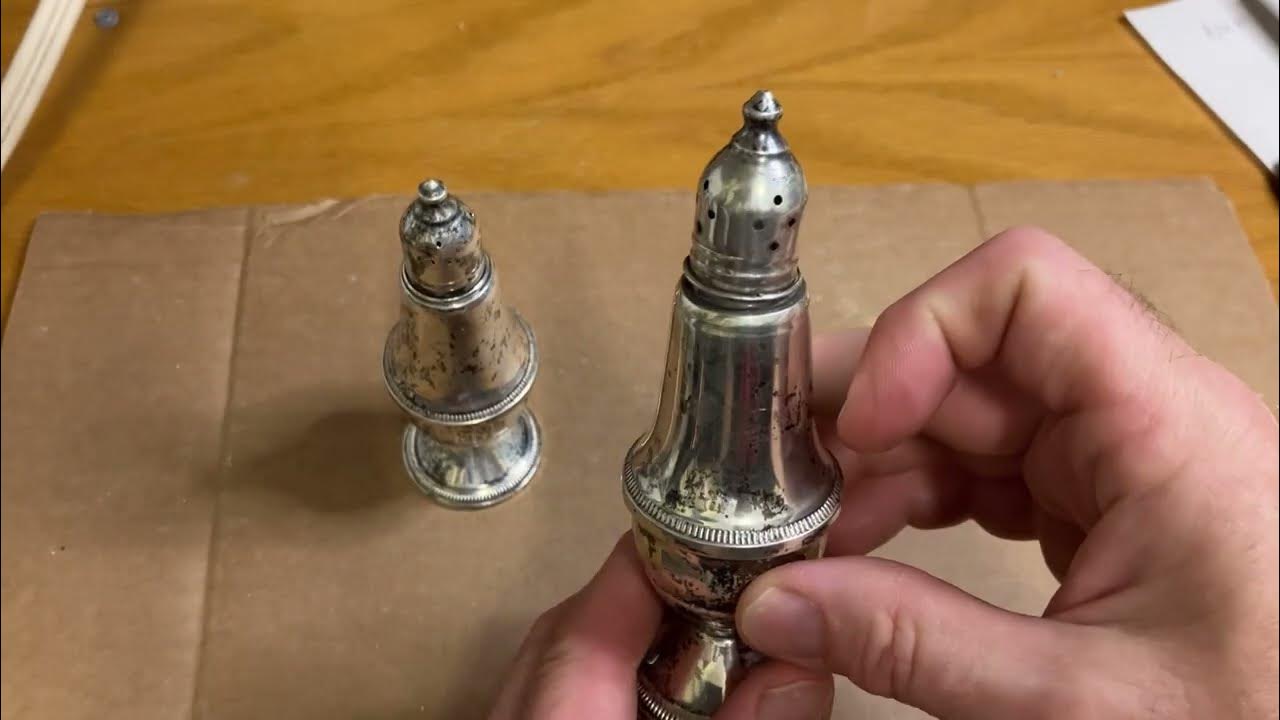
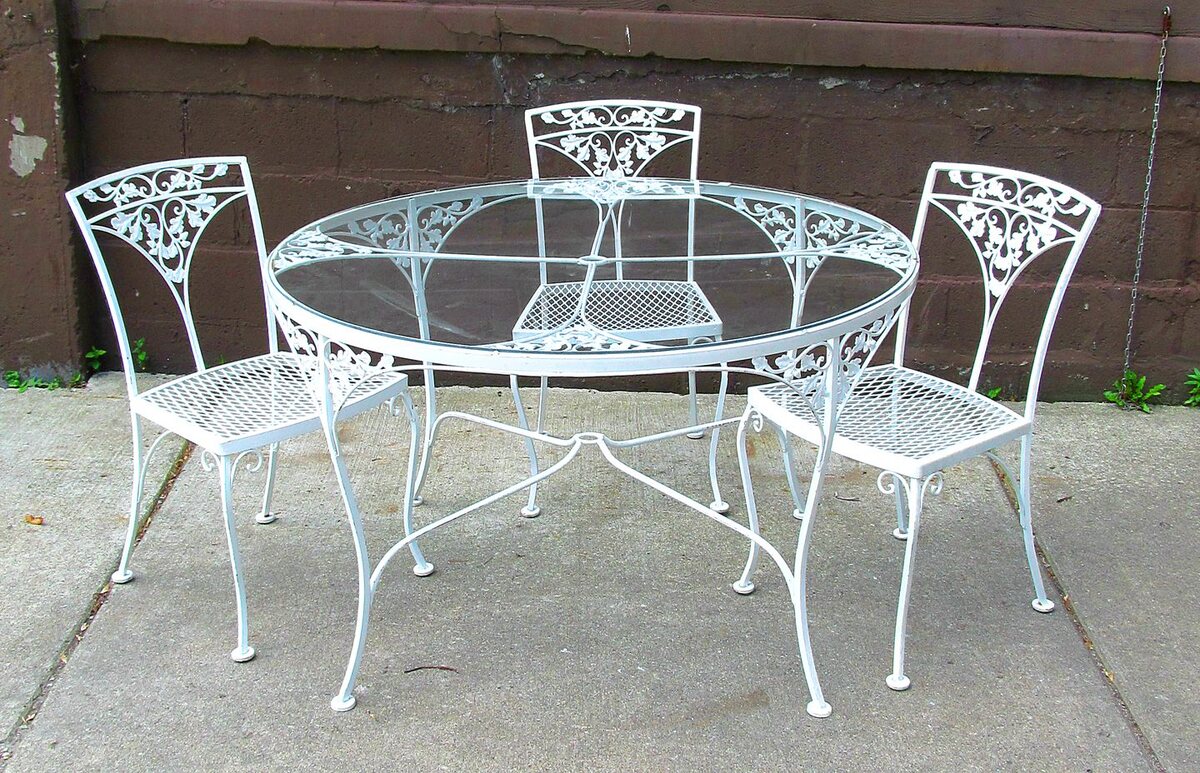
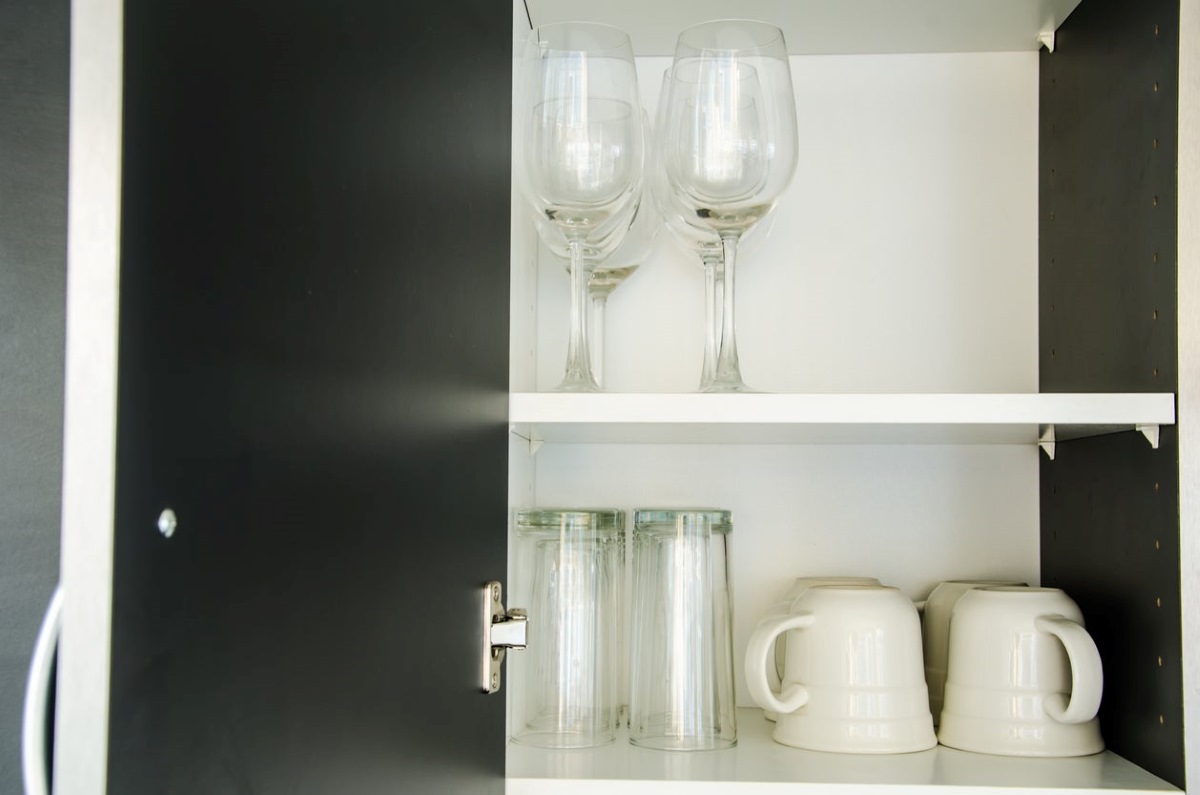
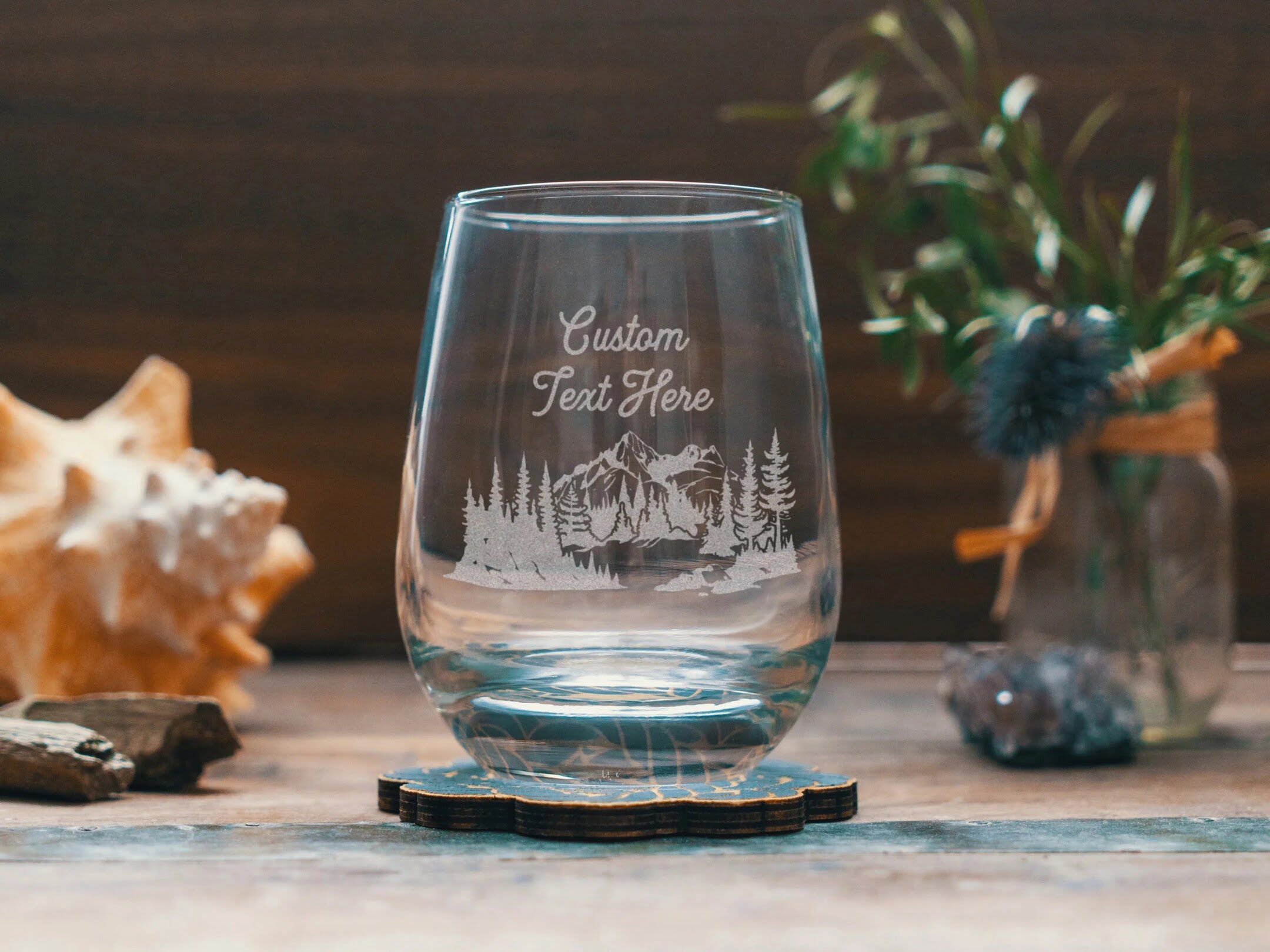

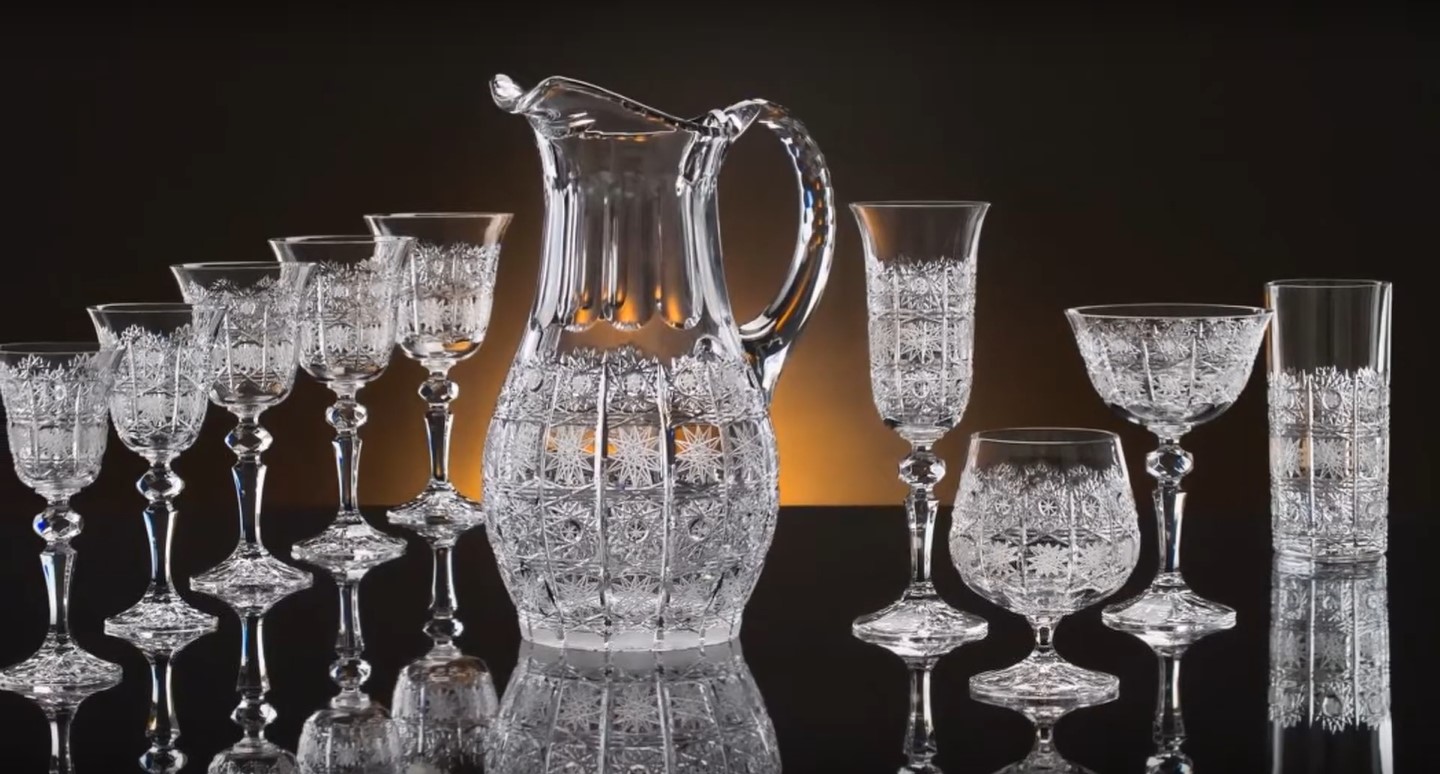
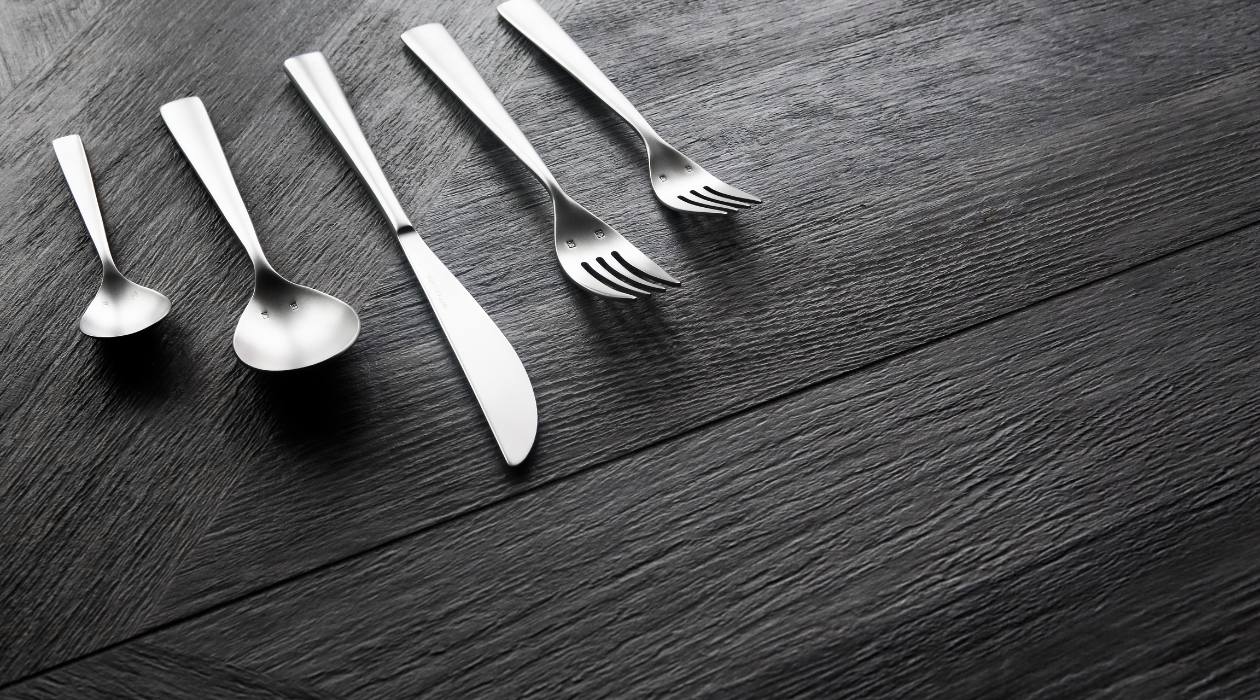

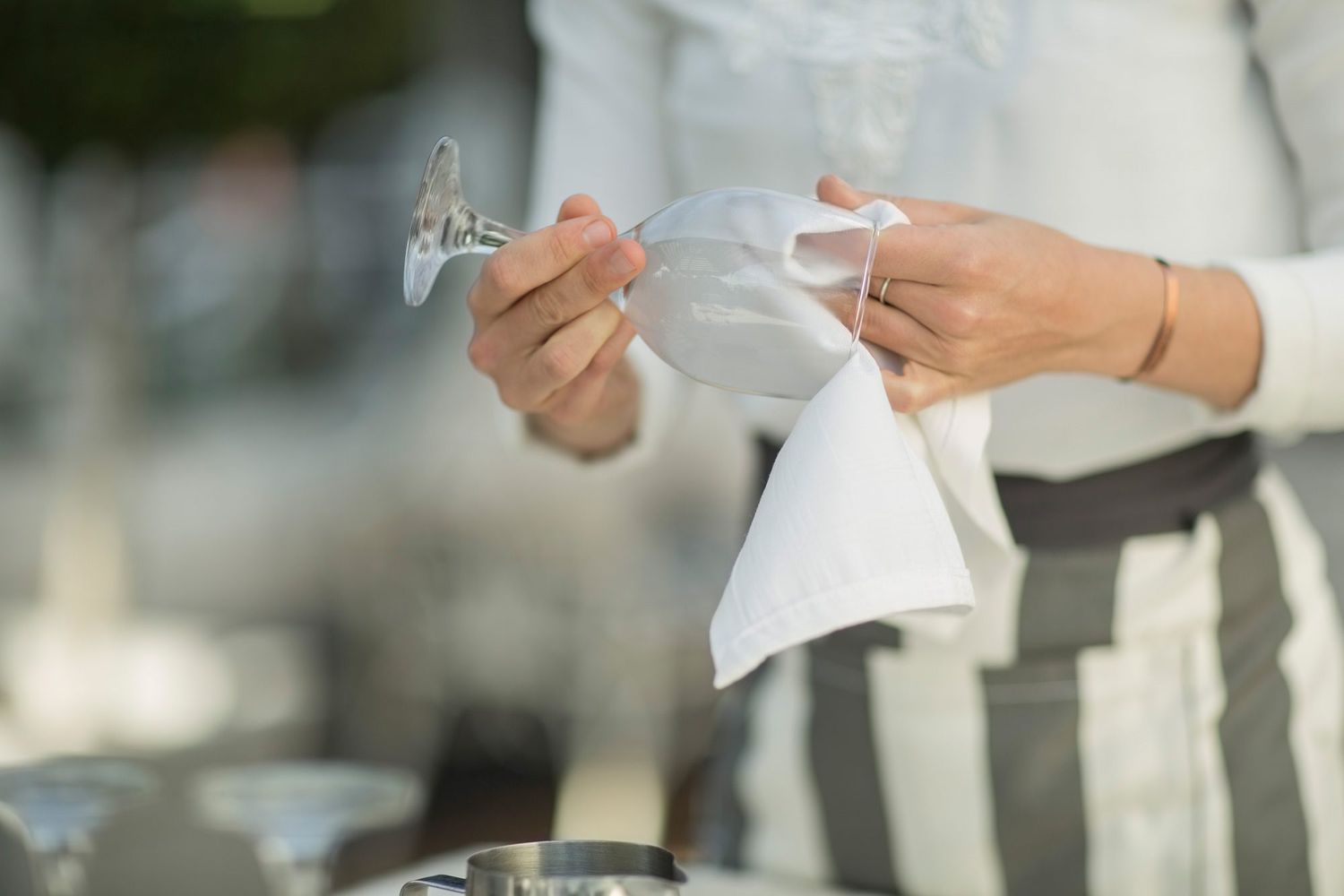
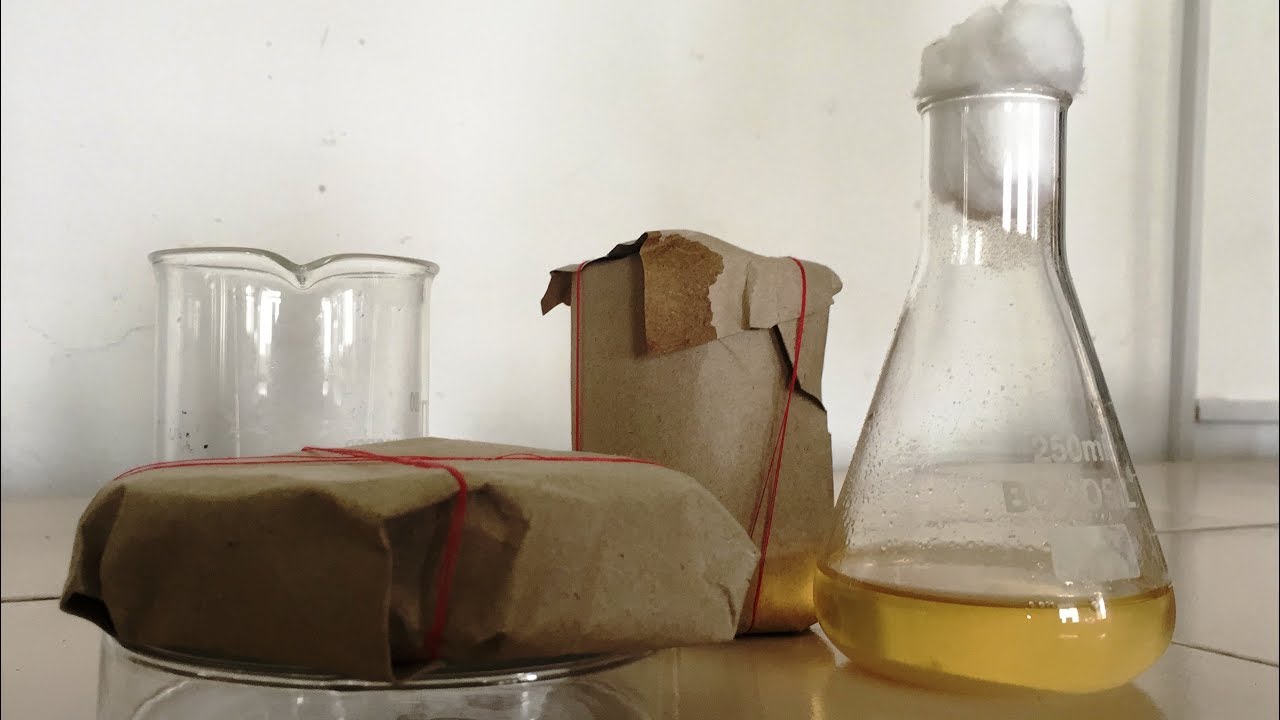
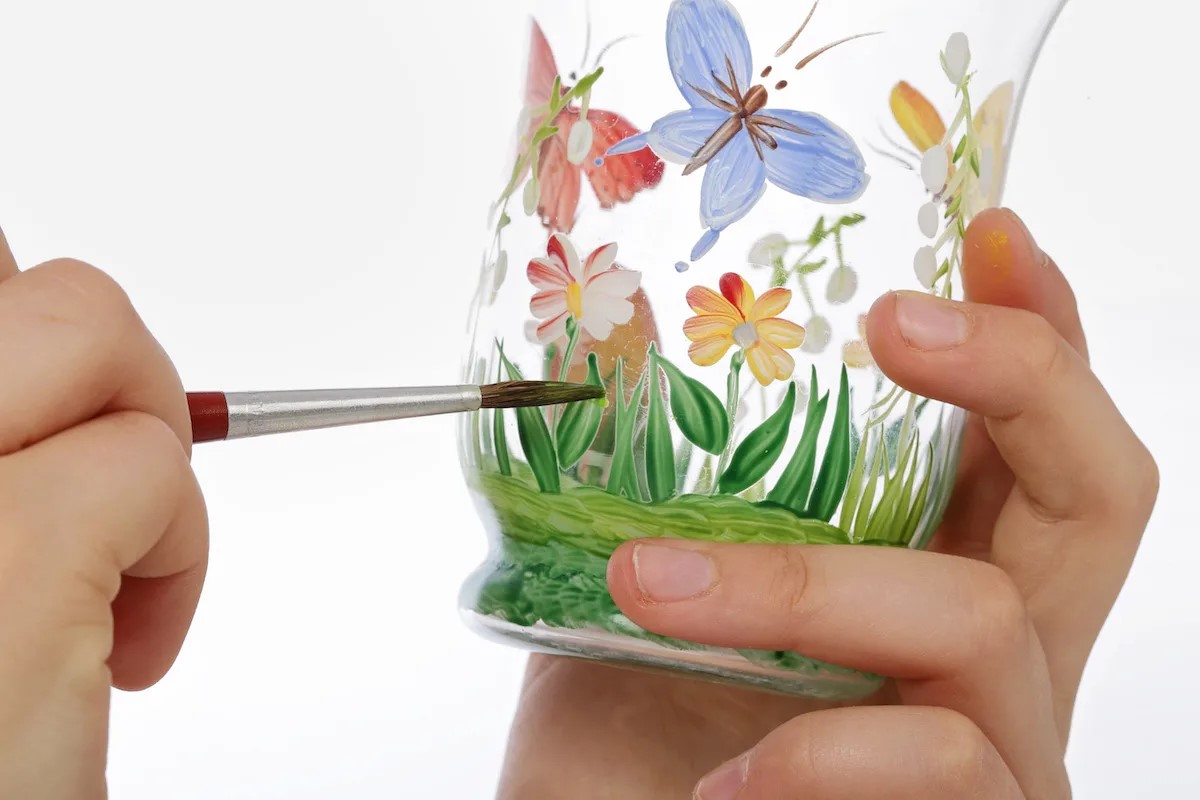
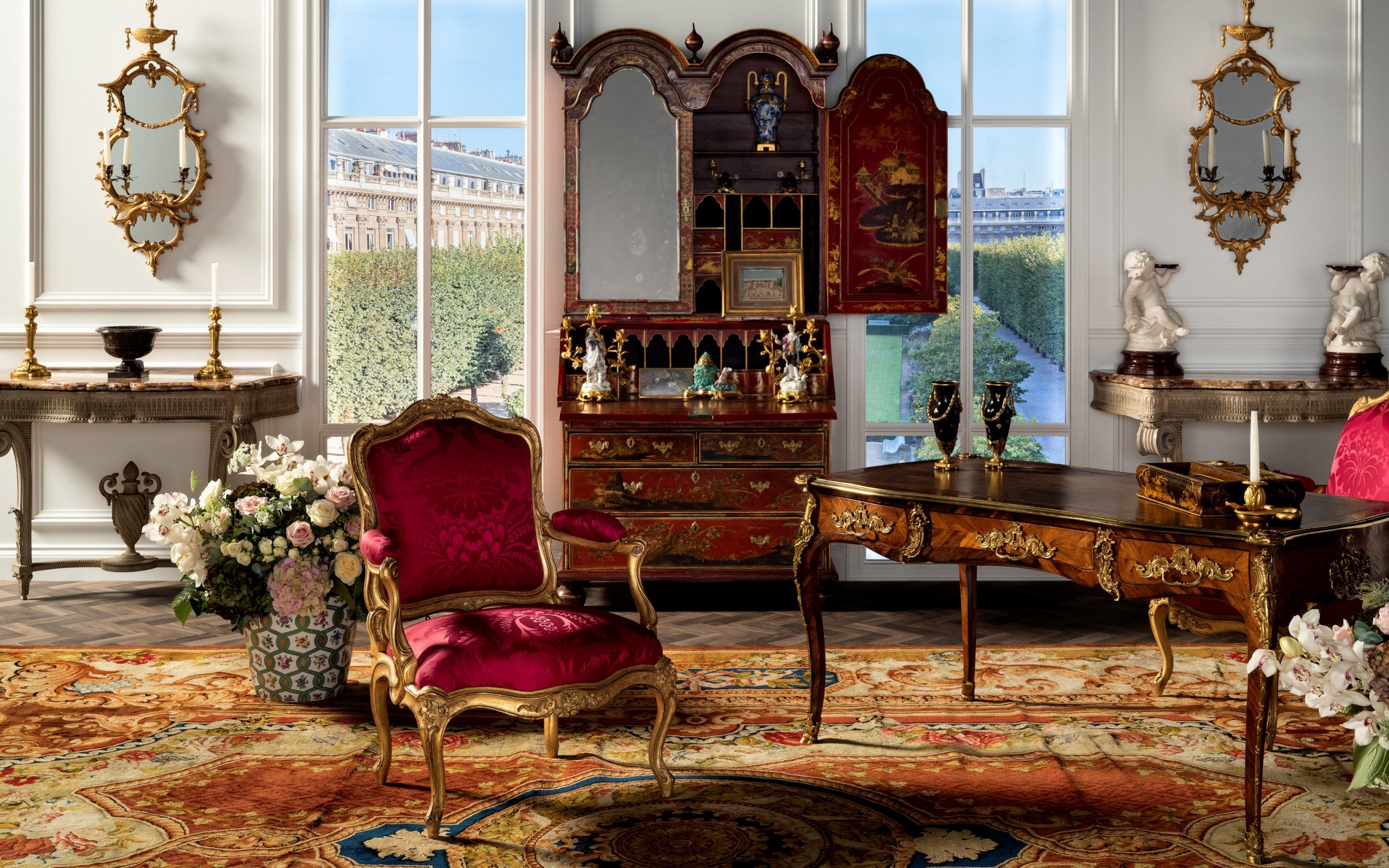

0 thoughts on “How To Identify Vintage Libbey Glassware”